Have you heard about fake honey? Did you know that there was a scandal not too long ago about fake honey being sold in stores? Do you think you can identify fake honey if you saw it? My husband and I have started making mead, a honey based ‘wine’ that ferments for almost a year before being ready to actually drink. When we were getting ready to start our first batch, we did a lot of research into what types of ingredients we wanted to include (you can add things like hops or fruit to create different varieties of mead). Obviously, the one thing we knew we NEEDED was honey. We decided to try and keep our ingredients as close to home as possible so we headed to our farmer’s market to pick up some local honey. Thankfully, we had a few options to choose from and could buy it in bulk (we need about a gallon or so at a time which is a ton of honey!) Our mead will be a 100% Georgia grown and made product. However, if we chose to buy a grocery store brand, could I identify fake honey before adding it to our mead?
Can You Identify Fake Honey?
Posts feature partner companies & may be sponsored. Post contains affiliate links & I will be compensated if you make a purchase after clicking on links. As an Amazon Associate I earn from qualifying purchases.
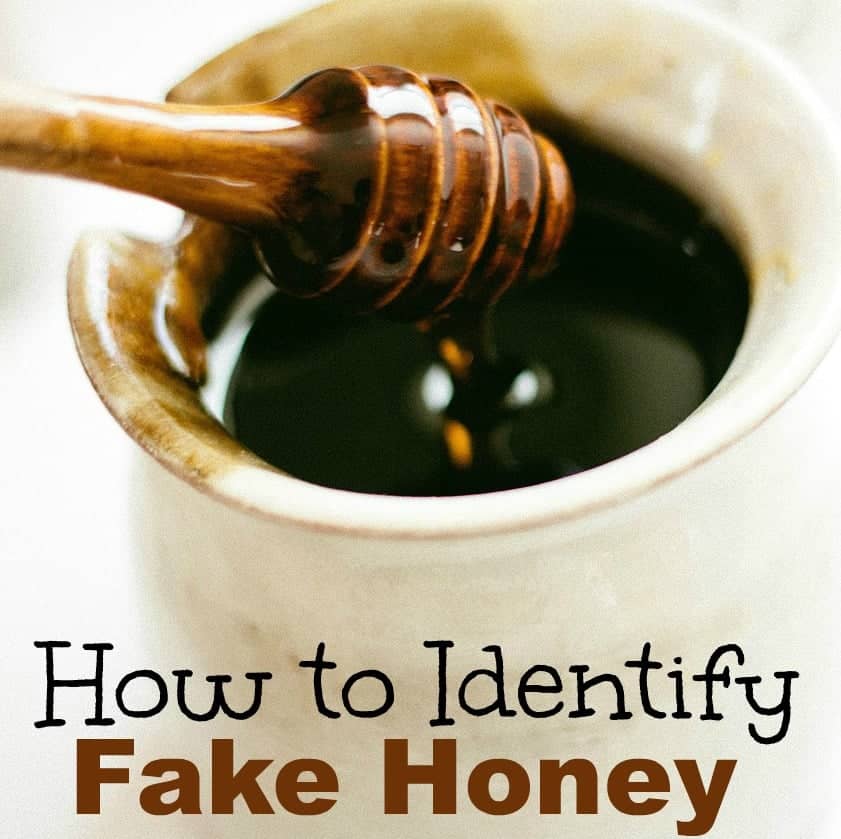
Posts feature partner companies & may be sponsored. Post contains affiliate links & I will be compensated if you make a purchase after clicking on links. As an Amazon Associate I earn from qualifying purchases.
Most people don’t buy their honey at farmer’s markets…they just head to the grocery store and grab a little plastic bear and bring it home. Well, few of the little plastic jugs at my local grocery store make any mention of WHERE that honey came from. This includes the organic honey, too! Sure, it might say clover honey or wildflower honey but does it actually say WHERE the product was harvested from? Take a look…maybe yours does! One way to identify fake honey is to look for a source of origin on the bottle!
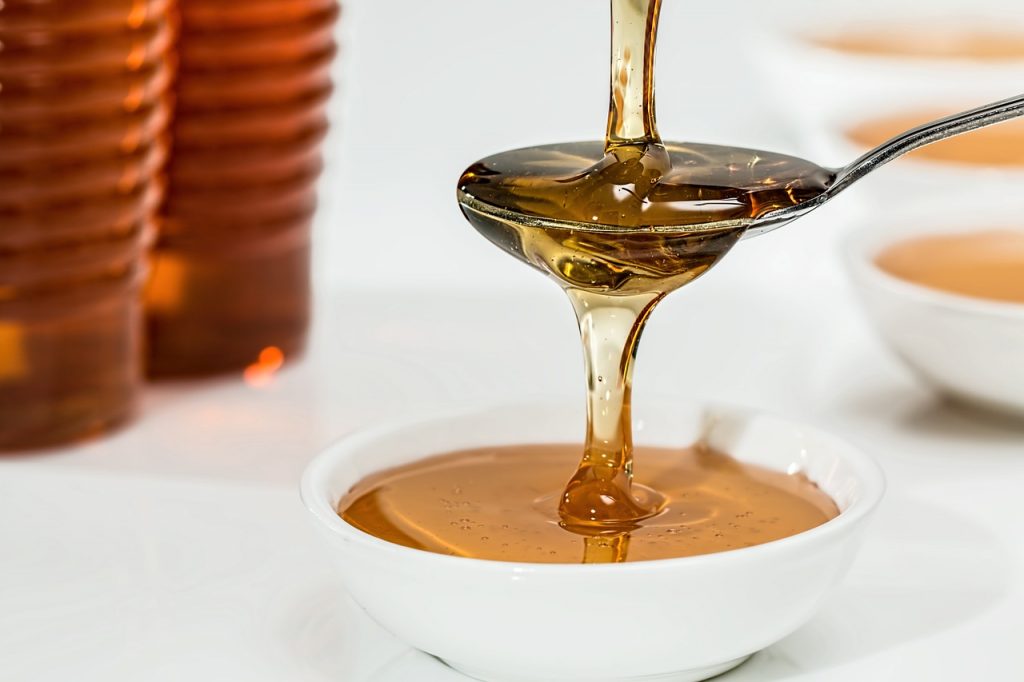
✯Don’t want to miss the next post?✯
Follow Turning the Clock Back on Facebook | Twitter | Pinterest
Or join the private Facebook group for simple tips on going green!
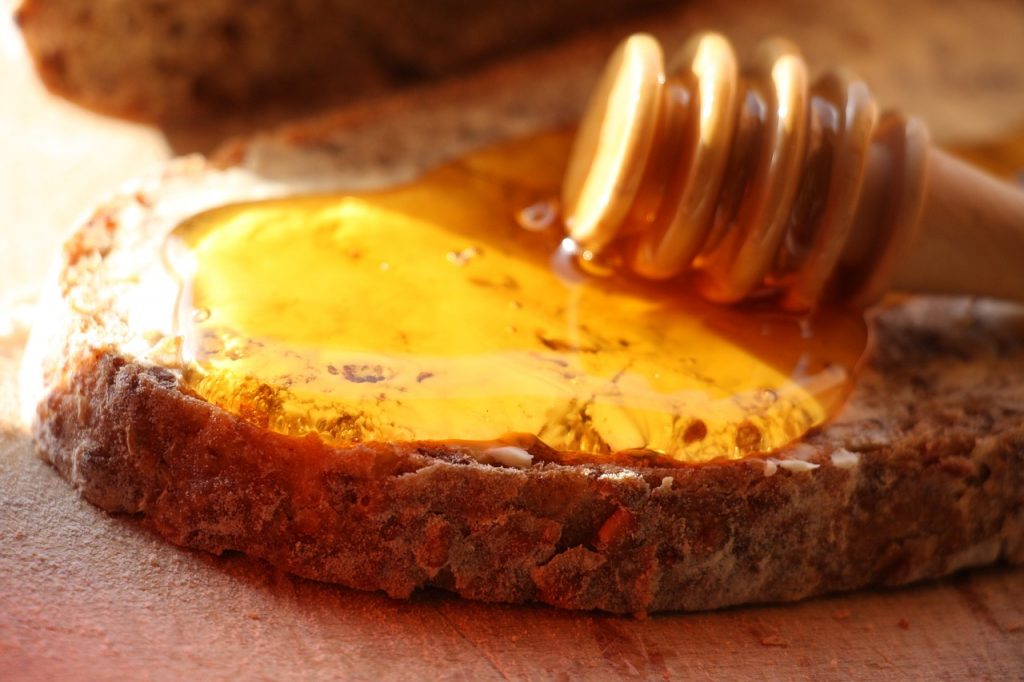
Honey smuggling is becoming a major problem in this country! In China, bees are kept healthy with antibiotics that are banned in this country and the resulting honey is then stored in large metal drums where heavy metal contamination can cause unsafe levels of lead. Not only do you have to worry about how to identify fake honey, but you really need to worry about the quality of honey purchased from many overseas companies.
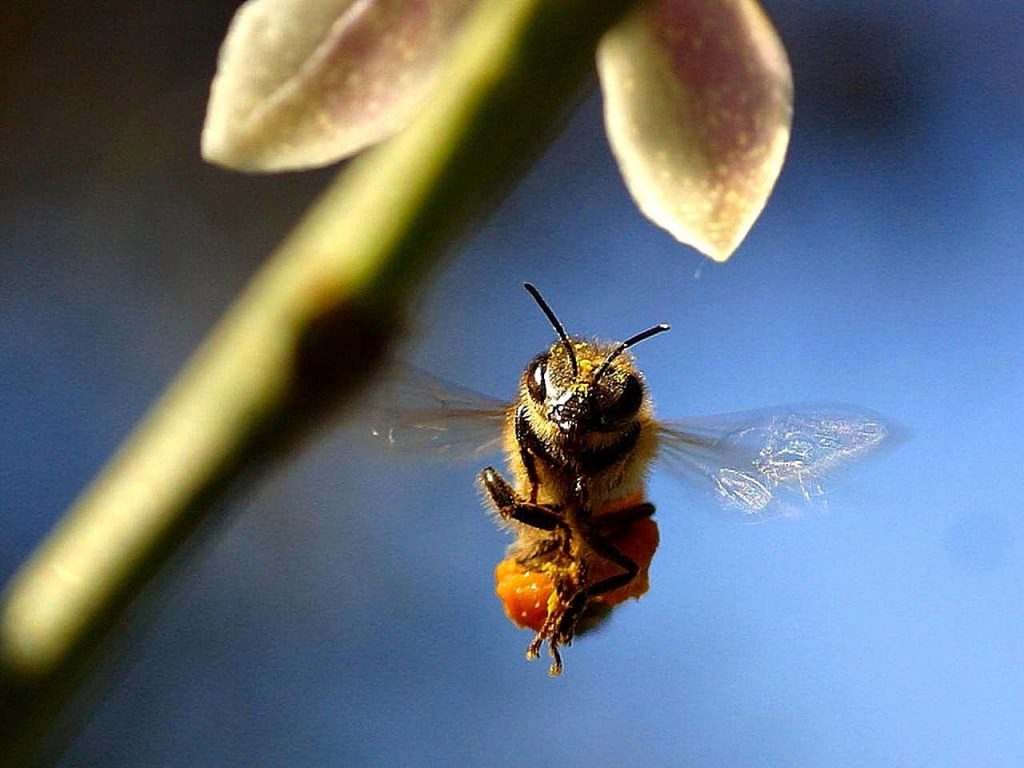
Another side effect of importing cheap ‘honey’? American beekeepers are struggling to survive. Between the decline in the honeybee population due to disease and the loss of profits due to honey smuggling, the US apiaries are struggling to survive. And what happens when keeping bees is no longer profitable? No one will do it. What happens to our agricultural stability when no one is bothering to raise honey bees any more? Our food supply depends on bees for pollination…we cannot survive without this tiny little insect!
So, the next time you are at the store, take a look at your honey’s label…are you supporting your local beekeepers? Are you actually buying HONEY, or a fake imitation from overseas? If you find a local beekeeper and buy at your local farmer’s markets, you won’t need to worry about how to identify fake honey!
Go ahead, check out your pantry…I did…and even the Publix Greenwise Organic honey does NOT have a country of origin listed on it. (as opposed to a ‘packed by’ notation). Leave me a comment and let me know where YOUR honey comes from!
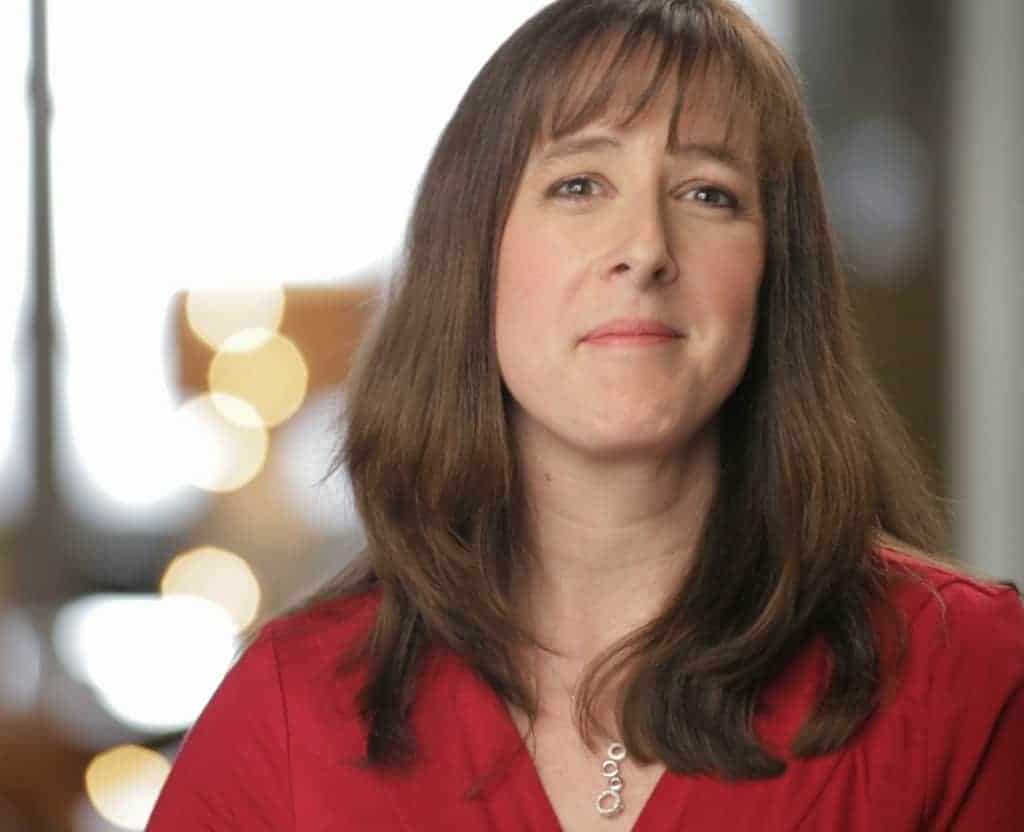
Diane is a professional blogger and nationally certified pharmacy technician at Good Pill Pharmacy. She earned her BS in Microbiology at the University of New Hampshire and has worked in cancer research, academics, and biotechnology. Concern over the growing incidence of human disease and the birth of her children led her to begin living a more natural life. She quickly realized that the information she was learning along the way could be beneficial to many others and started blogging and freelance writing to share this knowledge with others. Learn more about her HERE.

there’s a lot of honey laundering going on unfortunately. Local honey is the best and it helps to know the bee keeper. we produce honey here in Australia which is gathered and sold all within a bee’s maximum flying range of 3-5km. As well as having info on the label about where it is from we also batch code it so we know exactly when it was gathered, when and where it was extracted and bottled and from which hive. Another thing about labelling is the recent trend for ‘green’ ot ‘carbon neutral’ products. this is great but often there’s no transparency. e.g. is something green if it is produced and sold locally but the person doing it lives miles away and drives to many different places daily? Similarly is a large scale producer less green if they get honey from 100 miles away but only do one truck journey with hundreds of hives to do it? Lots to consider really.
Urban Honey, thanks for your input. I agree that the ‘green’ label can be misleading. I really like to see a ‘harvested in’ location on my bottle rather than a ‘packaged by’ location which is what a lot of major grocery store honey containers say. I would love to have my own hives but suburban living isn’t very ‘bee friedly’!